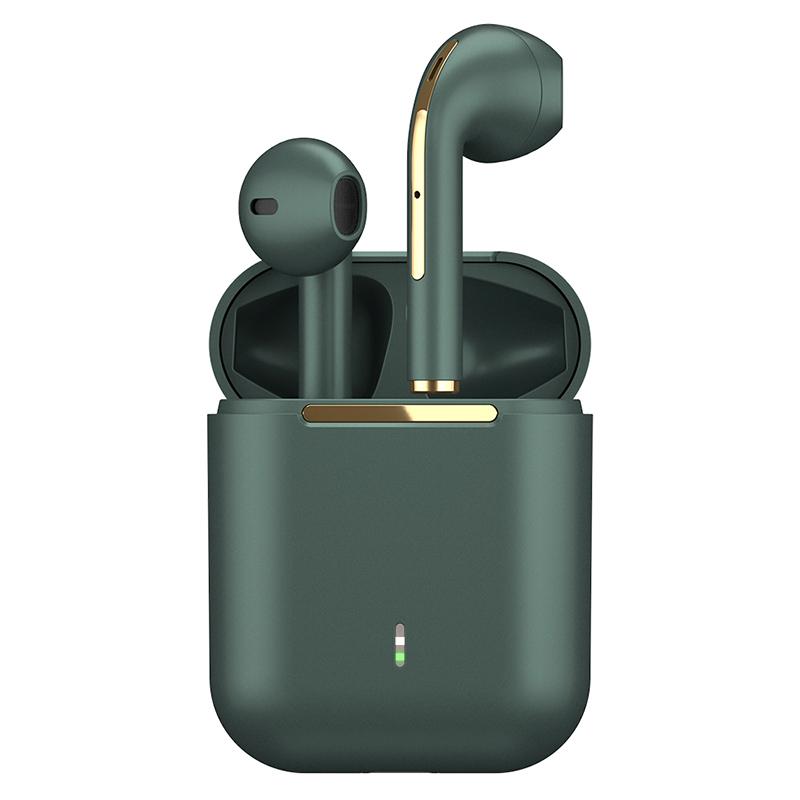How Do I Pair Wireless Headphones?
Pairing wireless headphones can be a straightforward process, but it often varies depending on the type of headphones and the device you are connecting them to. In this article, we will explore the general steps to pair wireless headphones with various devices, troubleshoot common issues, and provide tips for maintaining a stable connection. Whether you are a tech novice or a seasoned gadget enthusiast, this guide will help you navigate the world of wireless audio with ease.
Understanding Wireless Headphones

Wireless headphones come in various forms, including Bluetooth, RF (radio frequency), and IR (infrared). However, Bluetooth headphones are the most common due to their compatibility with a wide range of devices, including smartphones, tablets, laptops, and even some smart TVs. This article will primarily focus on Bluetooth headphones, as they are the most prevalent and user-friendly option.
Steps to Pair Bluetooth Headphones
1. Charge Your Headphones
Before attempting to pair your headphones, ensure they are fully charged. Most wireless headphones come with a USB charging cable. Connect the headphones to a power source and allow them to charge until the indicator light shows they are fully charged. This step is crucial as low battery levels can interfere with the pairing process.
2. Turn On Your Headphones
Once your headphones are charged, turn them on. This usually involves pressing and holding the power button for a few seconds. You should see an indicator light flashing, which typically means the headphones are in pairing mode. If your headphones do not automatically enter pairing mode, consult the user manual for specific instructions.
3. Enable Bluetooth on Your Device
Next, you need to enable Bluetooth on the device you want to pair with your headphones. This process varies slightly depending on the device:
- Smartphones/Tablets (iOS/Android): Go to the Settings app, find the Bluetooth option, and toggle it on.
- Laptops (Windows/Mac): Open the Bluetooth settings from the system tray (Windows) or the menu bar (Mac) and turn it on.
- Smart TVs: Navigate to the Bluetooth settings in the TV's menu and enable it.
4. Search for Devices
With Bluetooth enabled, your device will start searching for available Bluetooth devices. This process may take a few seconds. Your headphones should appear in the list of available devices. They are usually listed by their brand and model number.
5. Pair the Devices
Select your headphones from the list of available devices. You may be prompted to enter a PIN or passcode. The default code is often "0000" or "1234," but you should check your headphone's user manual for the correct code. Once entered, your device should connect to the headphones, and you will hear a confirmation sound or see a notification indicating a successful pairing.
Troubleshooting Common Issues
Despite following the steps above, you may encounter some issues during the pairing process. Here are some common problems and their solutions:
1. Headphones Not Appearing in the List
If your headphones do not appear in the list of available devices, ensure they are in pairing mode. Turn them off and on again, and make sure the indicator light is flashing. Also, ensure your device's Bluetooth is enabled and searching for devices.
2. Connection Drops
If the connection between your headphones and device drops frequently, try the following:
- Move Closer: Ensure you are within the effective range of the Bluetooth connection, typically around 30 feet.
- Remove Interference: Other wireless devices, Wi-Fi networks, and even microwaves can interfere with Bluetooth signals. Try to minimize such interference.
- Update Firmware: Ensure both your headphones and device have the latest firmware updates installed.
3. Poor Audio Quality
If you experience poor audio quality, it could be due to several factors:
- Low Battery: Ensure your headphones are fully charged.
- Interference: As mentioned earlier, minimize interference from other devices.
- Codec Compatibility: Some devices and headphones support different Bluetooth codecs (e.g., SBC, AAC, aptX). Ensure your device and headphones are compatible with the same codec for optimal audio quality.
Tips for Maintaining a Stable Connection
To ensure a stable and reliable connection between your wireless headphones and device, consider the following tips:
1. Keep Devices Updated
Regularly check for firmware updates for both your headphones and the device you are pairing them with. Manufacturers often release updates to improve connectivity and performance.
2. Use Quality Headphones
Invest in high-quality headphones from reputable brands. Cheaper models may have inferior Bluetooth components, leading to connectivity issues and poor audio quality.
3. Minimize Obstacles
Bluetooth signals can be obstructed by walls, furniture, and other physical barriers. Try to maintain a clear line of sight between your headphones and the paired device.
4. Turn Off Unused Bluetooth Devices
If you have multiple Bluetooth devices in the vicinity, turn off those you are not using. This can reduce interference and improve the connection quality of your headphones.
Pairing wireless headphones can enhance your audio experience by providing the freedom to move without being tethered by cables. By following the steps outlined in this guide, you can easily pair your Bluetooth headphones with various devices and troubleshoot common issues that may arise. Remember to keep your devices updated, invest in quality headphones, and minimize interference to maintain a stable connection. With these tips, you can enjoy seamless wireless audio for music, calls, and more.
